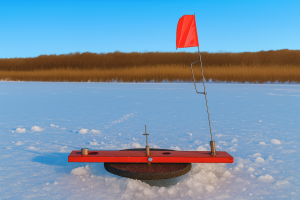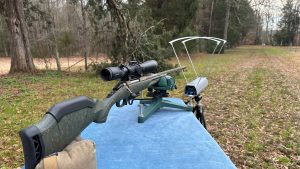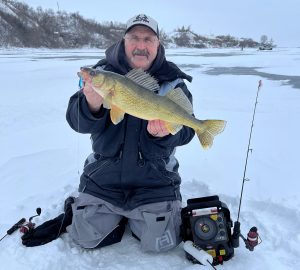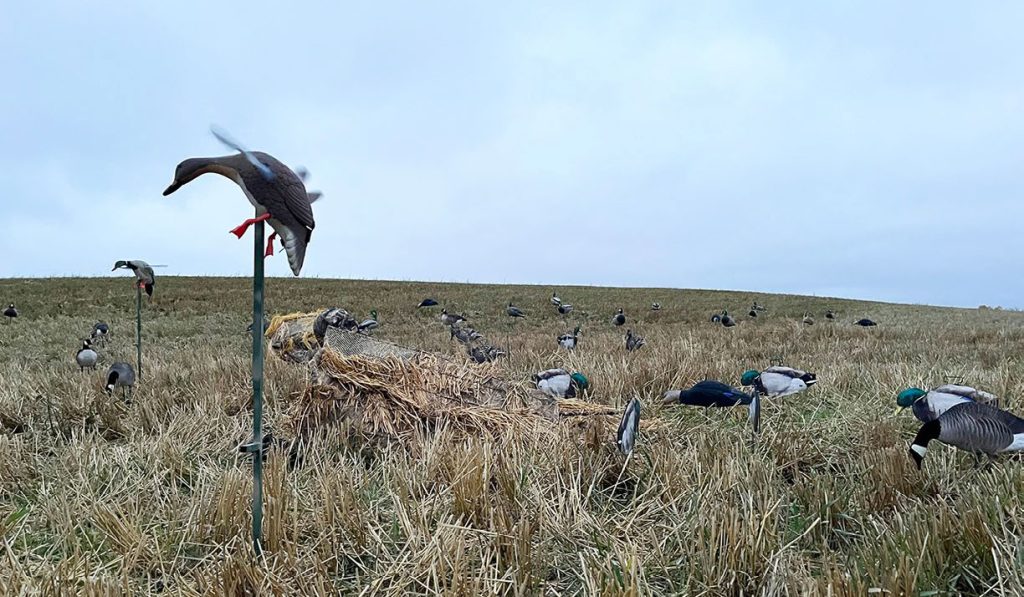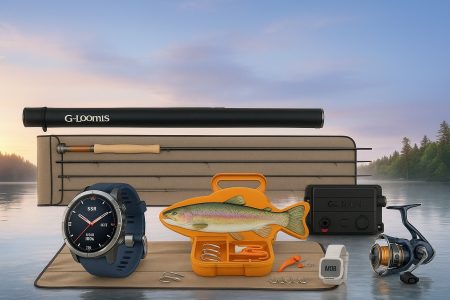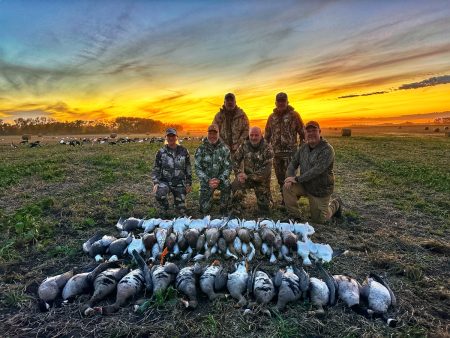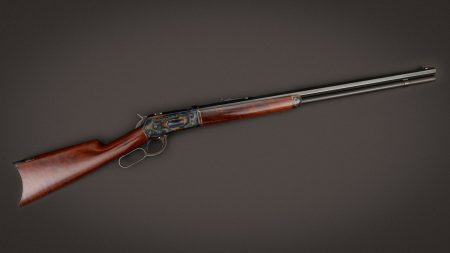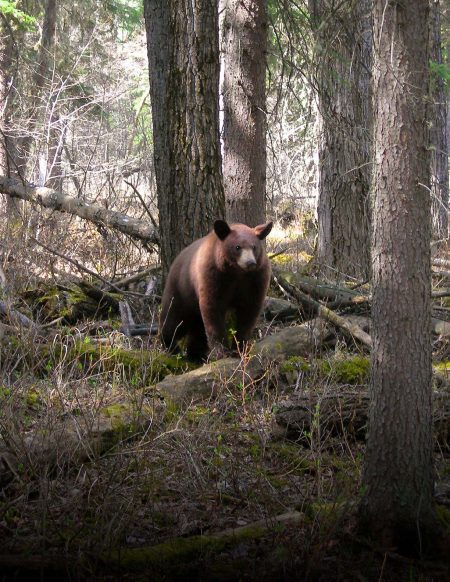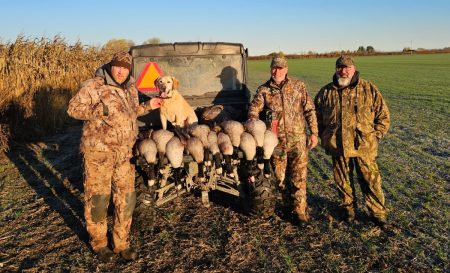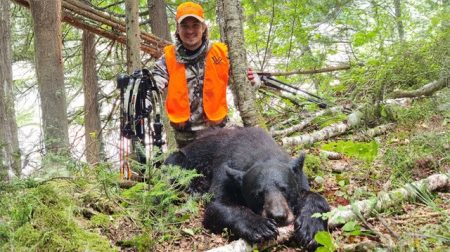For the most part, duck and goose decoys are sold by the dozen. Over 40 plus years of waterfowl hunting, I’ve acquired many, many dozens of decoys. During that time frame, I’ve made plenty of mistakes and errors while out hunting that have spoiled my hunts. To help save you from some future disappointments, I’ve complied what I call the Dirty Dozen of Waterfowling. The best part about these 12 mistakes is that you have total control over them and I’ll explain how you can avoid making these mistakes, to help make your next waterfowling trip more successful and rewarding.
Not Being Ready – snooze you loose
You are not going to shoot many ducks and geese if you are still setting up the decoys as the birds are arriving at the field or to the water where you are hunting. Ducks and geese often arrive in their feeding or watering areas at first light and if you are still setting up decoys, parking your hunting rig or walking back to your spread you’re going to miss out on some of the best action of the day. Also, if the first few birds flare off and land half a mile away, chances are they will draw all the other incoming birds their way and out of your hunting area.
In most jurisdictions, legal hunting time begins one half hour before sunrise. With this in mind, it is imperative for you to have everything set up and be waiting in your blinds for the birds to come well before legal shooting time. My motto is 15 minutes early is better than 1 minute late.
For morning hunts, when setting a time to leave for a hunt, you need to take into consideration how long it will take you and your partners to wake up, get dressed, make coffee, drive to your location, set up the decoys/blinds and hide your vehicles. Subtract that time from a half hour before sunrise and you will have your time to leave figured out. For safe measure leave an extra 15 to 30 minutes earlier to give yourself a time buffer should something not go right.
When hunting over my dark goose and duck field spread, I know 4 hunters can set up 150 decoys and brush blinds in 45 minutes. Yet when hunting over a pothole it takes less than 30 minutes to get set up. Regardless of where I’m hunting, I know it will take 15 minutes to drive the truck and decoy trailer away and walk back to the spread.
To help speed things up and shave off time prior to a hunt, ensure all your gear is packed and ready to go the night before. If pulling a decoy trailer or boat, have those rigs hooked up to your tow vehicle the night before. Put your truck keys in an obvious place you will see them in the morning. If coffee is needed set that up on a timer so it’s ready to go when you wake up. Speaking of waking up, having someone set a back-up alarm has saved many a hunt.
The same process applies to afternoon hunts! You just need to back up time from when your scouting shows the birds start flying.
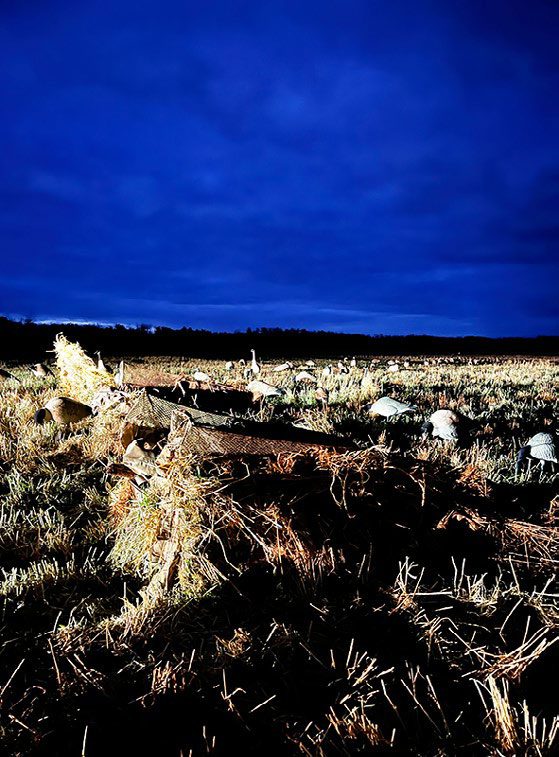
Not ready for the Weather
Layering is essential for any waterfowl hunt. Over dressing is not a problem if you dress in layers as you can simply remove a layer or two and still remain comfortable. Underdressing is whole different matter. If you don’t have enough gear to keep you warm or dry, your hunt is going to be miserable. Often so miserable that you can’t concentrate to shoot properly or simply pack things up and go home early.
Personally, I like to dress lighter to set up decoys as my body will heat up while moving, bending and twisting. Once my body cools off, I will add an extra layer or two as soon as I head into the blind. When I first started hunting waterfowl, I would wear cotton pants and jackets on early season hunts. Now, even if rain isn’t in the forecast, I will wear waterproof pants, bibs, jackets and boots. I do so as there is often enough morning dew on stubble fields to make life miserable if a person isn’t wearing waterproof clothing.
Way too many times I’ve heard “oh the slough is shallow and rubber boots is all you need” and then stepped into a hole up to my waist, filling my boots and soaking my lower body. As a result, I recommend a pair of waders when hunting over or near water. While the old-style rubber and neoprene waders work okay, I have started wearing Banded Rezone-3.0 Breathable Insulated Waders as they are made from material similar to insulated bibs and are extremely comfortable and very durable.
Don’t overlook gloves and headwear for your hunting trip. I like to wear one pair of gloves for setting out decoys and a fresh dry pair while hunting. Skull caps and facemasks will also make your hunt more enjoyable.
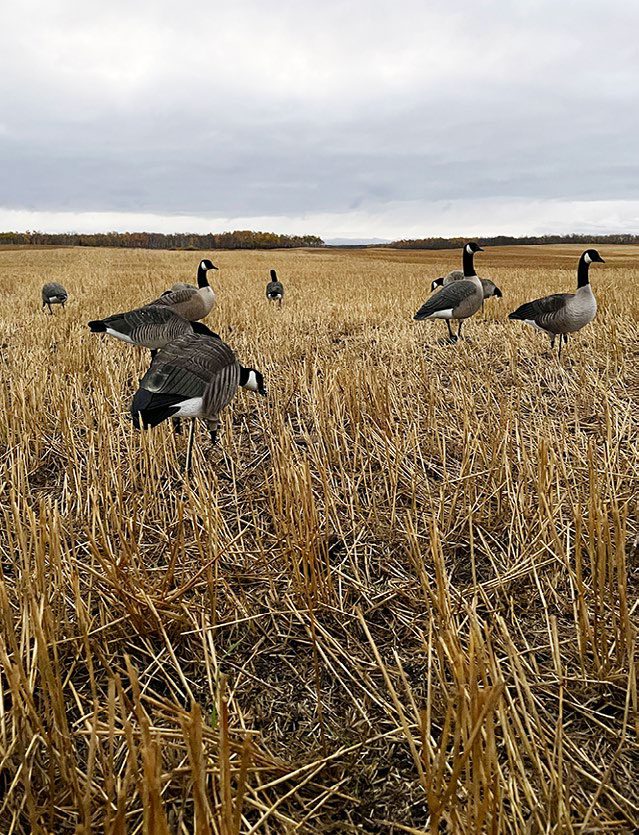
Shiny or Broken Decoys
As a society, we are often of the bigger is better mentality. Sure, more decoys look great and will draw in distant birds. However, ducks and geese have seen countless decoys and decoy spreads and can pick out imposters as they get closer and closer to the spread. If you have any decoys that are missing paint causing them to shine or glare, are broken or look unnatural, those decoys will do more harm than good.
When setting up decoys, look for decoys that need to be repaired at a later date or retired all together. Instead of using those decoys set them aside and go with a smaller and completely realistic looking spread. At the end of the hunt, you will be happy you did so.
As you take down decoys, make sure the sides and tops of the decoys don’t get muddy or dirty. Try to put them directly into decoy bags or set them on their bellies to help keep them clean. At the same time, keep an eye out for decoys that got damaged during the hunt and need to be repaired.
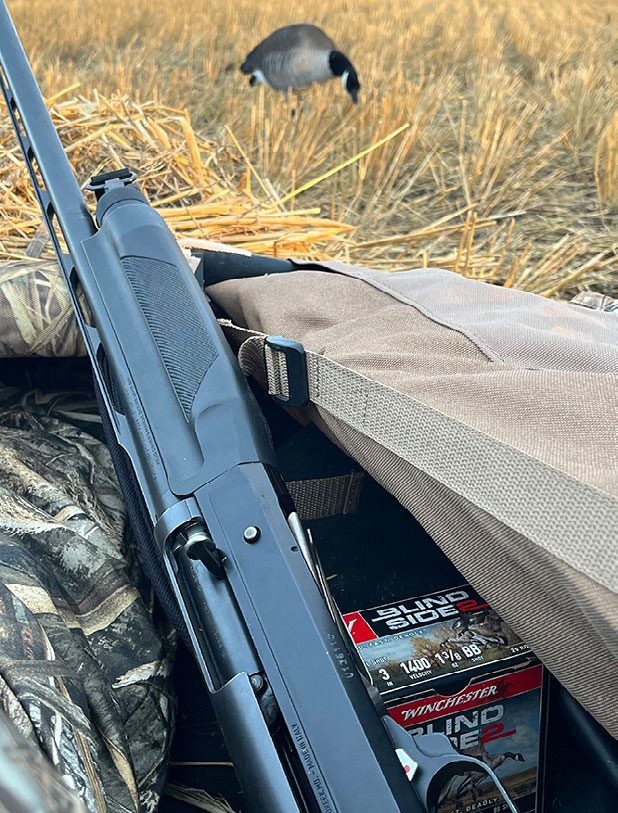
Decoys too tight together
When ducks and geese are relaxed as they feed and loaf, they will spread out. If the birds are stressed or sense danger, they will bunch closer together for safety in numbers. At the same time, they will all turn into the wind to get ready to fly.
Birds coming to your decoy spread will quickly pick up on the decoy spacing. If things look relaxed and safe, they will come right in. If the spread looks like the birds are on red alert or in a caution mode, incoming birds will be hesitant to come in and land. To ensure success, watch the birds while scouting to see how far apart they are when feeding in a stubble field or swimming on a pond. Use this same spacing the when setting up to hunt to turn the odds in your favor. As you set up the spread, it is better the err on wider decoy spacing than closer decoy spacing.
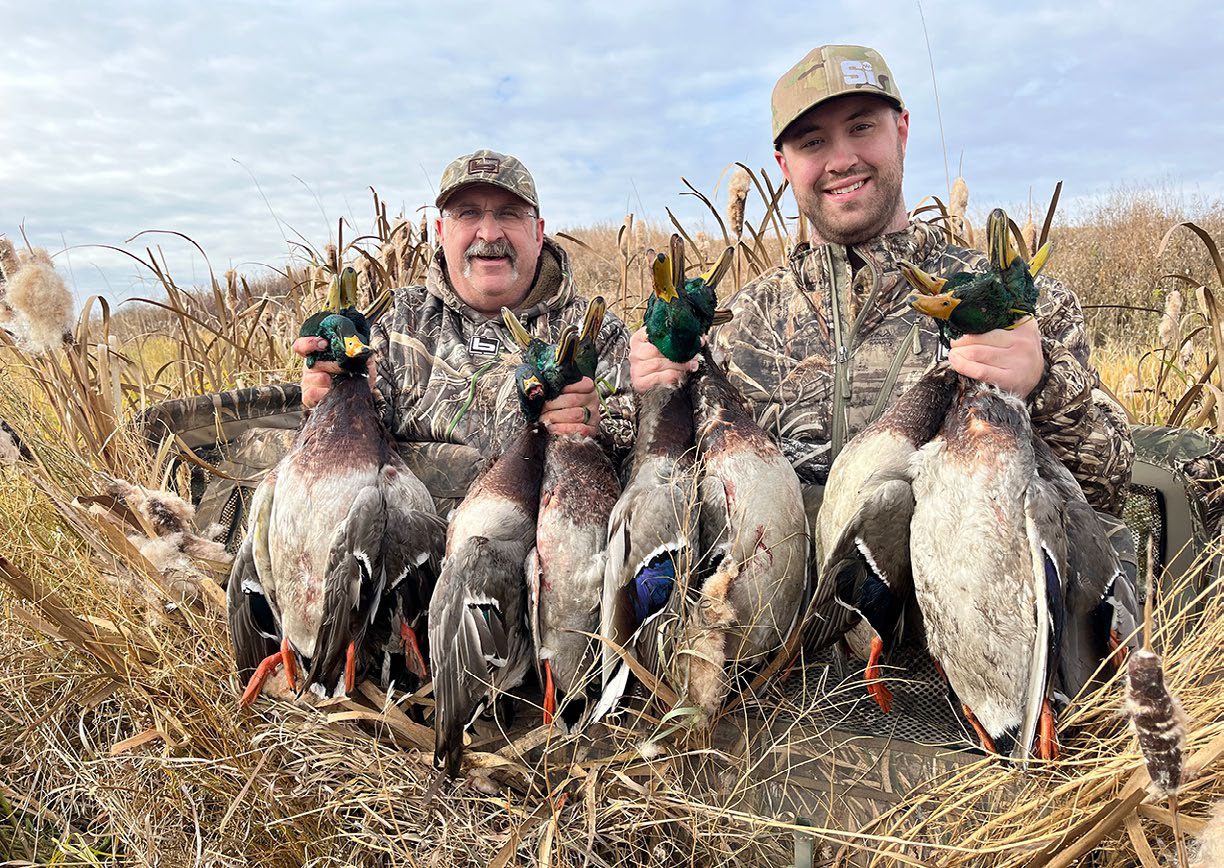
No Landing Zone
When you set up your decoys, you need to create a landing zone, that will funnel birds in close to your blind for great shooting opportunities. If you don’t have a landing zone, incoming ducks and geese will typically land short or wide of your decoy spread resulting in poor to non-existent shooting opportunities.
A landing zone is basically an open pocket in your decoy spread where the birds can land. Big honkers like to land right up tight on the tails of the birds already on the ground or swimming in the water. The open pocket on the downwind end of a Fish Hook Decoy Pattern creates a perfect spot for these big birds to land and you can have you blind upwind or to the side of the landing zone.
The smaller goose species and ducks like to land right in the middle of flock, so it’s best to leave an open hole or two in the main body of the decoy spread for the incoming birds to drop into. A large U Shape Decoy Pattern will easily accommodate these openings in the main body of the decoys and the two outer arms extending downwind will help funnel incoming birds right to those the landing zone.
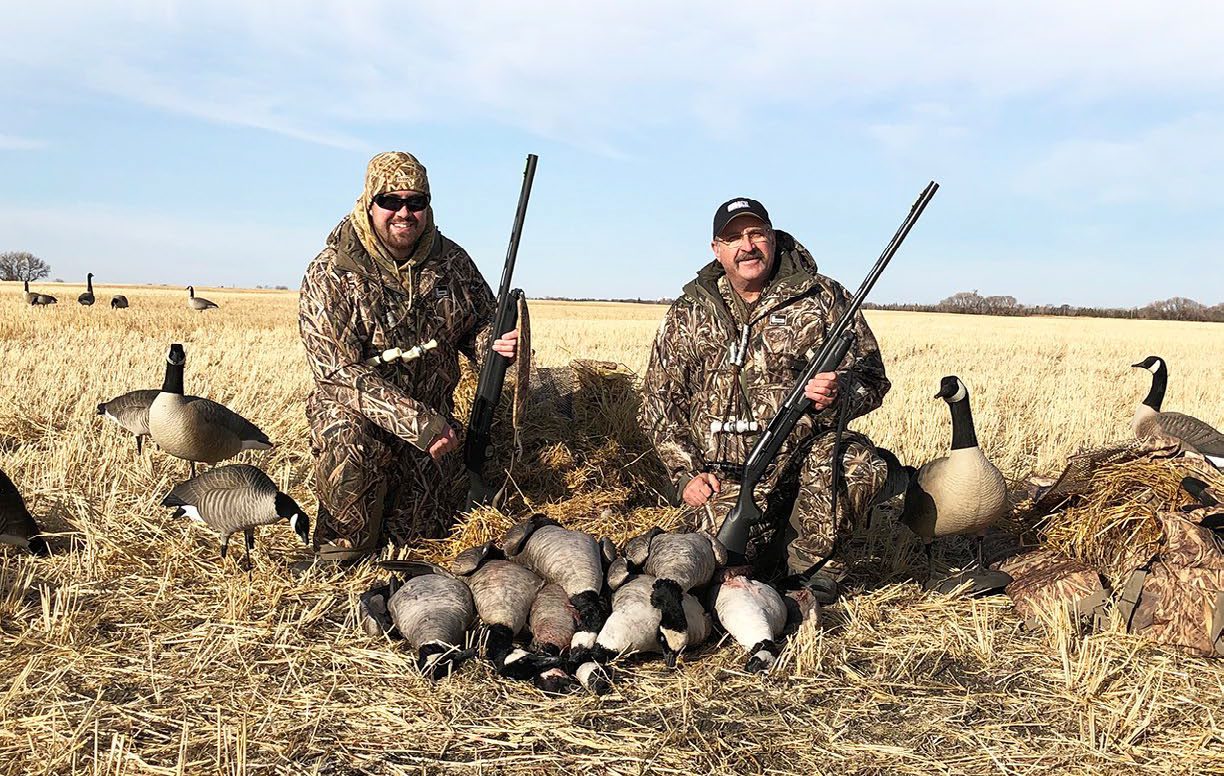
No use of motion
In order to look natural, a decoy spread needs to have motion. If the entire spread is stationary, it’s not going to fool any incoming ducks or geese and will likely cause them to flare.
When hunting over water on a calm day, the use of a jerk cord can make the decoys attached to the jerk cord bob each time the line is pulled and create ripples on the water. If you don’t want to set up a jerk cord or want to free up your hands so you can call or hold your gun, try using a battery operated swimmer decoy like the GHG Finisher Swimmer Motion Decoy that will swim around and create water movement that will make the other decoys move.
When hunting in fields, try putting some of your decoys on motion stakes. It takes very little wind to make decoys on motion stakes wobble and bob like waddling birds. I personally like to have about 80 percent of my field decoys on motion stakes. In addition, the use of spinning winged decoys like the Mojo Spinning Winged Decoys will give the impression of ducks landing. When using spinning winged decoys, I like to use them with a remote control, so I can turn off the spinning motion if Canada Geese are coming to the spread as I have found they often don’t like the motion of a spinning winged decoy.
Not Remaining Motionless
Ducks and geese have very keen eyesight and are always on red alert as they circle the decoys. Hunters should wait motionless as the birds approach so as to not give themselves away. A simple turn of your head as the birds circle is often enough motion to give yourself away and if the birds don’t see you move, they may catch a glint of light off you face or glasses which can cause them to flare.
If hunting with a group of hunters, dedicate one hunter to watch the birds and call the shots. Doing so will greatly reduce the odds of the birds seeing something unnatural. The person calling the shots should always strive to have their face and head concealed and should move smoothly and slowly as they watch the birds. As they watch the birds, they can communicate with the others and let them know to get ready and where the birds are at all times.
Between flocks of birds, stay in your blind and don’t move around. If you need to collect downed birds, do so quickly and return immediately to your blind so as to not spook distant birds.
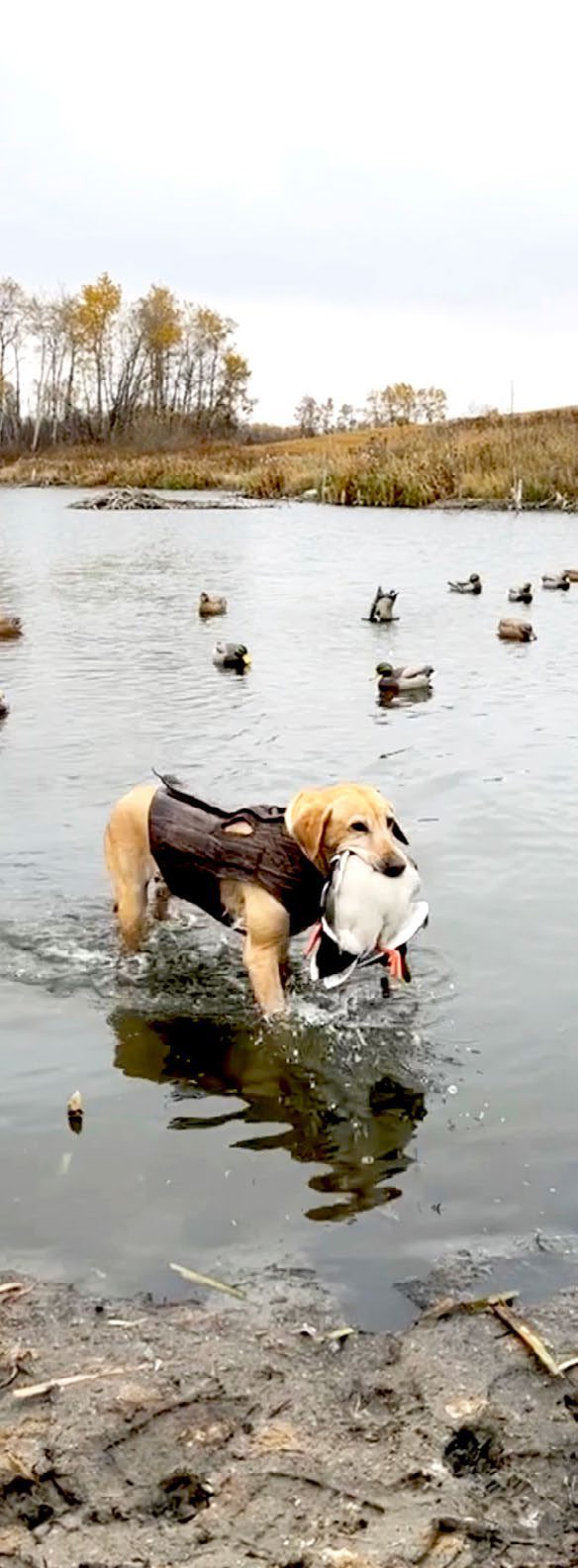
Improper Use of Camouflage
Just because you are wearing camouflage doesn’t mean you are invisible. Your camouflage pattern must blend into the environment you are hunting in order for it to help conceal you. If you wear a dark colored camouflage pattern in light colored hunting situation, you are going to stick out and be very obvious to incoming birds.
Thankfully, there is a variety of camouflage patterns available on the market these days to help us blend into our hunting locations. I own a number of different camouflage patterned clothes and accessories such as blind bags, facemasks and gloves in to ensure I’ll match where I will be hunting. When picking out camouflage clothing look for items where the buttons, snaps and zippers are covered by fabric so they are not exposed and glaring.
Not only do you need to be camouflaged, so too does your blind. If your blind doesn’t blend into the environment you are hunting, it is going to stick out and be very obvious to incoming birds. I carry two different colors of field blinds in my decoy trailer. One set is khaki brown for hunting in pea/lentil fields and others are a yellowish color for hunting in wheat and barley fields. In addition, I always brush my blinds with vegetation from the same field or marsh I’m hunting to ensure my blinds are hidden.
Best option for field blind is GHG Ground Force, comes with optional snow cover.
Uncontrolled Dog
Waterfowling and retrievers go hand in hand. It is true joy to watch a dog do a long blind retrieve, to see it swim back with a bird in its mouth and hold motionless until given the command to retrieve. A good dog can save you lots of steps and provide much enjoyment. On the reverse, it is frustrating and disappointing to have a dog run around the decoys, leap forward into action just as the birds are coming into range casing them to flare or not giving a retrieved bird to you.
Off season training is a must! If your dog can’t behave in the field you need to leave it home and keep on training it until its trained enough to be able to come afield. Doing so avoids frustration, embarrassment and potential injuries to your dog.
To ensure that not all retrieves are blind retrieves, gun dogs need to see the action and watch where birds drop so when called into action they can go straight to the birds. Teaching your dog, to “place” or hold in one spot until commanded to move is essential. Banded makes an elevated dog stand called the Hybrid Slough Stand that allows a dog to sit out of the water and watch the action. Green Head Gear makes the Ground Force Dog Blind which allows a dog to be concealed in the field, yet stay on top of all the action.
When setting your dog up on a stand or in a blind, try to position the dog slightly behind all the shooters. That way you are never shooting over top of your dog which helps prevents accidents and helps save your dog’s hearing.
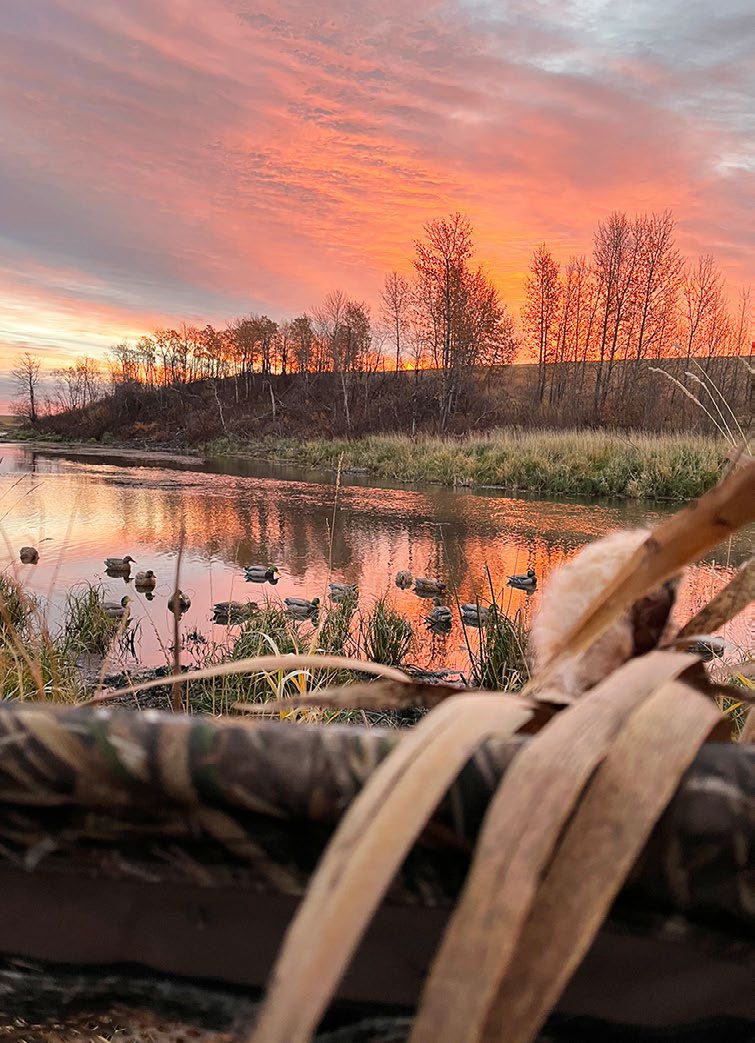
Over Calling
Over the years, I have had the privilege to hunt with a number of world class callers including John Stephens, Fred Zink, Kelley Powers, Barnie Calef and Jim Ronquest. What I noticed at first was these guys could blow duck and goose calls better than anyone I had ever heard. I also quickly noticed that they called far less than I ever expected given how great their calling was. Since those hunts, I’ve adapted similar calling strategies to my hunts.
Hail calls to catch the attention of distant birds is a must. However, once you have the birds’ attention and they are coming to your spread quit calling. Let them keep coming and only call to those incoming birds if they start to slide off and start heading elsewhere.
As the birds work your decoys and check things out, don’t call when they are straight out front. The reason for this is they will pinpoint the source of your calling. As well, the wind will carry your sounds straight downwind potentially causing them to be too loud and unnatural. However as soon as the birds are circling on the upwind corners, call to them and give them confidence all is well below.
Not Knowing When to Call the Shot
On any given hunt, there will be only so many flocks of birds coming to your decoy spread so you need to maximize your opportunities when they arise. There will be days when every flock, single or set of doubles gives it up and pitches right into your landing zone. On those days, its typically easy to know when to call the shot and you get to shoot at back peddling birds with feet down. However, it’s not as easy as it sounds. When calling the shots on these days look to see if a larger flock of birds is behind the small flock committing to land. If this is the case, you may want to let the first group land and wait for the second group to come in. If set up and side shooting the birds as they land, you will want to let the flock of birds move as far upwind as possible before calling the shot to ensure everyone in your group has a good shooting opportunity.
There will also be other days when the birds just aren’t totally liking what they see or a flaring off at the last moments before setting their wings and committing to landing. On these off days, you need to read the incoming birds. If you know they aren’t going to fully commit, you need to call the shot and get in some shooting action. These shots won’t be the up-close feet down type shots we dream about. However, these passing by, gaining altitude and longer-range shots are going to allow us to knock down some birds and not go home skunked. With that said, don’t sky bust or shoot at birds that aren’t within your effective shooting range as this is frustrating and can result in unretrieved cripples.
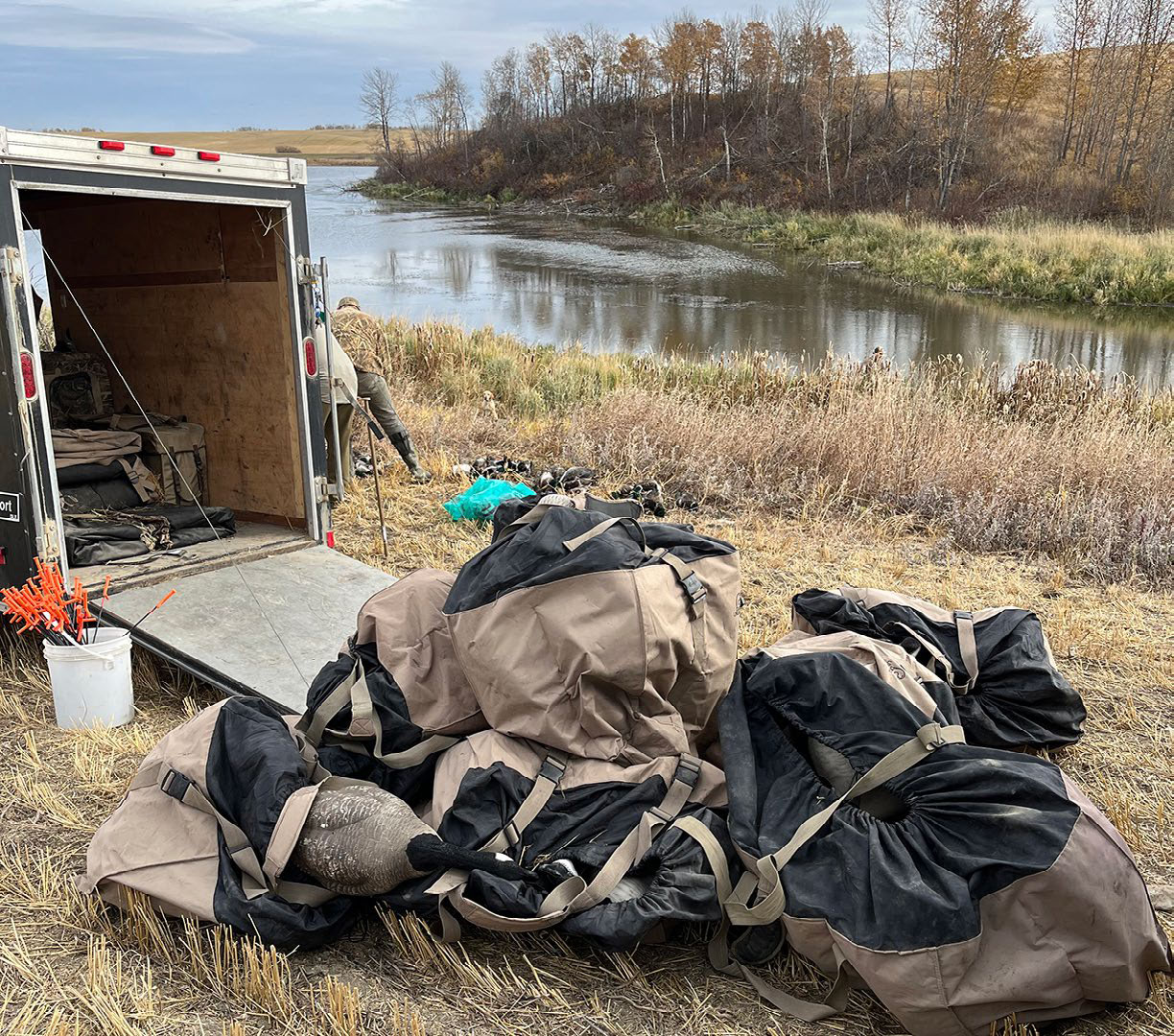
Dirty Gun
When you go to great efforts to scout, get up early, set up a realistic decoy spread and have the birds drop into shooting range, the last thing you want to experience is a gun that is dirty, won’t fire or jambs after the first shot.
Waterfowling is tough on guns. Dirt, grime and stubble/ bulrushes can easily accumulate in the action. When guns become too dirty, they won’t cycle shells and jamb. While this is especially true for semi-automatic shotguns, I’ve also seen it happen with a dirty pump gun.
I like to give my shotgun a quick cleaning after every outing. I will wipe down my gun to remove any dirt, grim and moisture. I remove the choke tub to ensure no moisture is trapped in the threads to prevent rust from forming. I’ve found that air compressors work perfectly for blowing off dust and grit and allow me to quickly clean my gun without having to break it down. However, after every three or four hunts or after a rainy or snowy day hunt, I’ll strip my gun down, give it a real thorough cleaning, put it back together and then lubricate the action to ensure it works smoothly.
Per our affiliate disclosure, we may earn revenue from the products available on this page. To learn more about how we test gear, click here.

